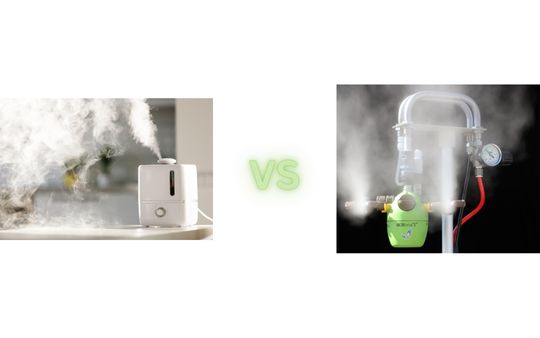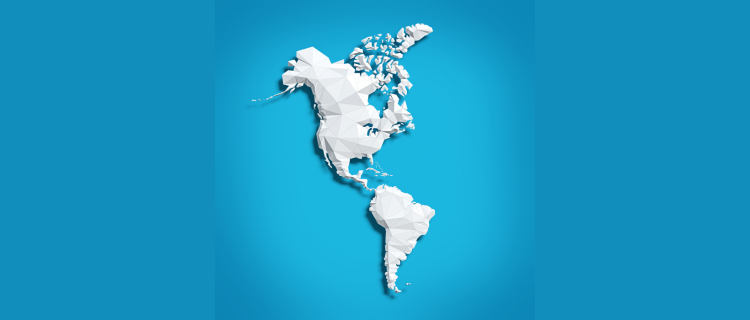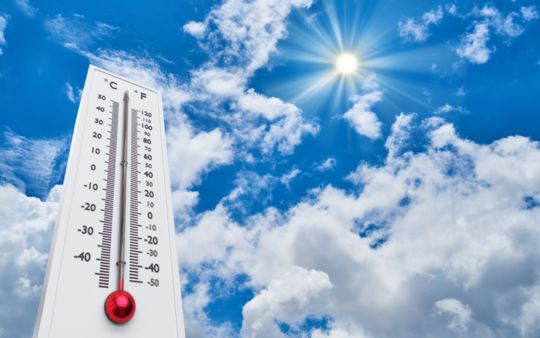
Understanding Industrial Humidifiers | Household vs Industrial | Upgrade Humidification Capabilities


Dry air doesn’t wait—it creeps in, disrupting operations, damaging materials, and creating uncomfortable environments. Different regions of North America experience peak dry seasons at different times of the year, and installing a reliable humidification system like the AKIMist®E before dryness peaks is crucial. In this guide, we’ll break down the key dry seasons by region and help you plan the best installation timeline to ensure optimal performance.
The Northeast experiences cold winters, and as temperatures drop, indoor heating systems remove moisture from the air. This leads to extremely dry conditions in homes, offices, and industrial facilities. Businesses in this region should aim to install the AKIMist®E by late September to early October to ensure stable humidity before the winter dry spell begins.
The Midwest faces intense seasonal shifts, with brutal winters that sap moisture from the air. Indoor humidity levels plummet, impacting manufacturing processes, agriculture, and indoor environments. The best time to install a humidification system is late summer to early fall, around August to September, to stay ahead of the dry season.
While the Southeast is known for its high humidity most of the year, winter can still bring drier air, especially indoors where heating systems strip moisture from the air. Industries and greenhouses should consider installing AKIMist®E by November to prevent unexpected dry conditions from affecting operations.
The Southwest is one of the driest regions in North America, with persistently low humidity levels. The driest months often coincide with spring and fall due to seasonal temperature shifts. Businesses, especially in industrial and agricultural sectors, should prioritize installation as soon as possible to maintain consistent humidity control.
The West Coast varies significantly, with coastal areas experiencing milder conditions and inland areas suffering from extreme dryness, especially in late summer and early fall. Industries that require strict humidity control should schedule AKIMist®E installations by June to prepare for the upcoming dry season.
Canada’s cold climate leads to prolonged dry seasons, especially in indoor environments where heating systems can drastically lower humidity. Industries, greenhouses, and other facilities should install humidification systems by September to ensure consistent humidity through the long winter months.
South America features diverse climates, ranging from tropical rainforests to arid deserts. The dry season varies significantly by region:
No matter the region, the key to successful humidity control is proactive planning. By scheduling AKIMist®E installations before the peak dry seasons hit, businesses can ensure optimal conditions year-round. Don’t wait until dryness disrupts your operations—beat the clock and prepare today!


Understanding Industrial Humidifiers | Household vs Industrial | Upgrade Humidification Capabilities

Optimal Humidity Levels For Each Industry | Diverse Industries, One Solution | Maximum Efficiency with Dry Fog

Make Sense of Humidity Levels | Relative Humidity vs Absolute Humidity | Humidity in Relation to Temperature